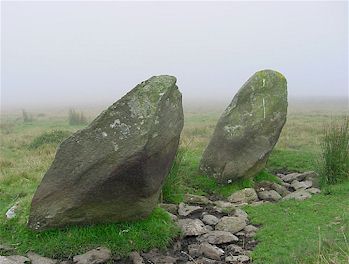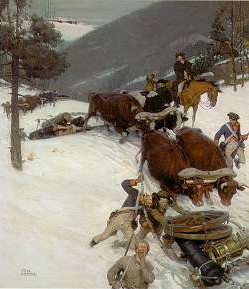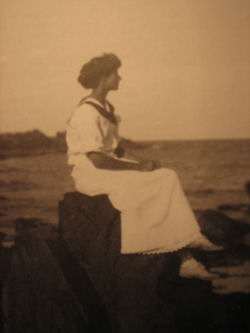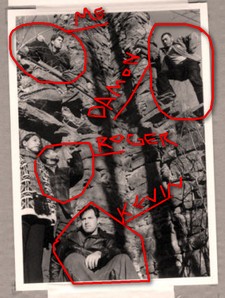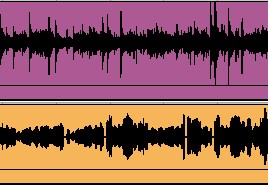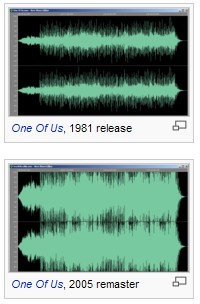
Busted!
My recording gear busted last week. Ughh!

You know what that means, don’t you? It means that the only way I can post new music is by dusting off all the old crud laying around that wasn’t good enough to post the first time.
Here is a recording that I found settled in the dust. It is of an old American song called Shenandoah. I don’t even recall recording it, which can only mean that at the time I thought it stunk. Well, apparently time not only heals all wounds, if you believe that, but it also seems to wash away imperfections. That is not to imply that this recording is perfect. Far from it. But somehow I now find some redeeming qualities to it.
Having said that, I would consider this a learning track. In recording they say there are three things that make a good track; a good performance, a good arrangement and a good recording of the performance. When I listen to this track I hear a lot of “growth potential” in the vocal performance. For now I’ll refrain from any additional self deprecation on the topic of vocals except to say that listening to ones voice on tape can be about as much fun as gargling bumble bees.
I will say that I’m fond of the simple arrangement. Though, I think the melody may need something to break up the monotony, but I’m not sure what.
The actual recording was a challenge because both the vocal track and the guitar track were recorded at the same time. The downside to this approach is that I don’t have as much control over the tracks as I would like due to the guitar bleeding into the vocal track and vice versa. For example, I like to add a little delay to the vocal track. But if you listen closely to the guitar, milliseconds after a strum you can hear a ghost strum, which is the delay. So, I can’t add delay to the vocal track without adding delay to the guitar because of the bleed. Consequently, the guitar track is not as clean as it could be.
You might say to yourself, ‘why doesn’t he just record the guitar track first and overdub the vocals later’? Well that is sort of like eating one piece of bread with peanut butter on it and then following that up with another slab of bread with jelly. Even though it is all the same ingredients, it is just not as tasty as eating a peanut butter and jelly sandwich. Anyhow, I digress…
With any luck, and some new gear, I may revisit this track again down the road. But for now, it is all I’ve got.
